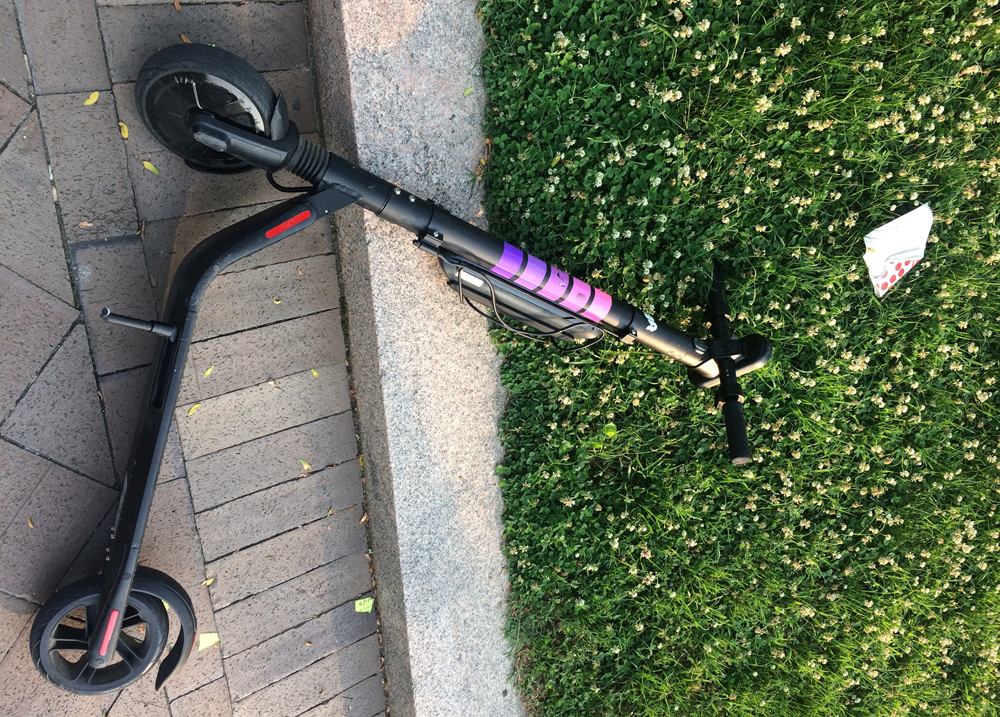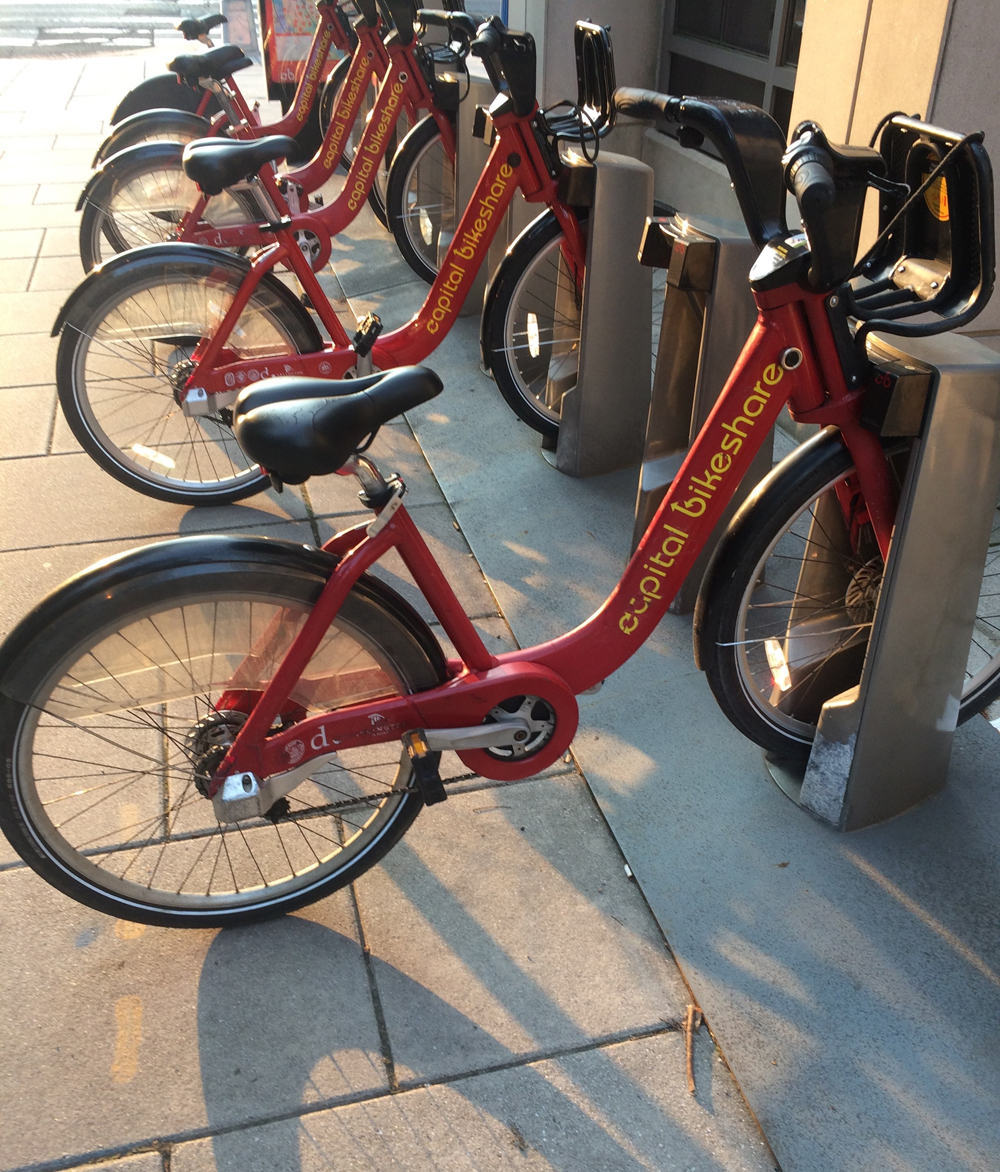
Micromobility is on the rise - or at least it was before lockdown brought it to a juddering halt.
NACTO (National Association of City Transportation Officials) has revealed people in the US took 136 million trips on shared bikes, electric bikes and scooters in 2019.
Its new report says this 60% increase from 2018 follows a yearly rise in usage throughout the 2010s, suggesting shared micromobility systems are growing in popularity and filling gaps in transportation networks.
However, the separate National Household Travel Survey showed that US household trips fell from March to April 2020 by as much as 72% due to the coronavirus pandemic.
In addition, the number of trips taken on the eight largest station-based bike-share systems decreased by an average of 44% from March to May.
NACTO’s 2019 Shared Micromobility Snapshot offers lessons for where shared services have been and where the industry may want to focus as it explores new mobility options during the coronavirus pandemic, the association adds.
Booming business
Findings for 2019 show that business was booming: people took 40 million trips on station-based bike-share systems (pedal and e-bikes), 10 million trips on dockless e-bikes and 86 million on scooters. Last year, 109 cities had dockless scooter programmes, a 45% increase from 2018.
Ridership increases were largely associated with the most established systems as people took 17% more trips on the six largest bike-share systems than in 2018. For example, Boston (Massachusetts) expanded the Bluebikes system by 540 bikes and added 50 stations, resulting in a ridership increase of 45%. For smaller systems, bike-share ridership increased overall but declined in 75% of systems.
Data shows most trips for station-based bike-share and scooter-share are largely concentrated in a small number of cities. More than 85% of docked bike-share system trips took place in areas with the highest ridership – the San Francisco Bay Area (California), Boston, Chicago (Illinois), Honolulu (Hawaii), New York and Washington, DC.
NACTO emphasises that while ridership is more distributed for scooters, more than a third of all scooter-share trips also took place in areas with the most users. These include Atlanta (Georgia), Austin, (Texas), Dallas (Texas), Los Angeles (California) San Diego (California) and Washington, DC.
The report also highlights shared micromobility trips are short with the typical scooter user or bike-share annual/monthly pass-holder on average riding for 11-12 minutes and a distance of 1-1.5 miles.
Transition starting
NACTO believes these services could replace trips taken by personal cars or taxis as findings from the National Household Travel Survey reveal 35% of all US car trips are under 2 miles.
 A survey within the 2019 snapshot shows this transition is already starting to take place. Four out of 10 participants from areas which include Santa Monica, (California), Bloomington (Indiana), Santa Monica and San Francisco (both California) confirmed they would have completed a trip using a personal or ride-hail vehicle if a shared dockless scooter had not been available.
A survey within the 2019 snapshot shows this transition is already starting to take place. Four out of 10 participants from areas which include Santa Monica, (California), Bloomington (Indiana), Santa Monica and San Francisco (both California) confirmed they would have completed a trip using a personal or ride-hail vehicle if a shared dockless scooter had not been available.
In response to Covid-19, micromobility operators such as Citi Bike in New York, MoGo in Detroit and BayWheels in the San Francisco Bay Area are offering free or discounted memberships to healthcare workers and adding new stations near hospitals.
Looking ahead, NACTO estimates further increases in micromobility trips can be realised through the implementation of interim pavements, bike lanes and transitways.
According to the association, the availability of low-cost transportation options will become increasingly important with almost 30 million Americans newly unemployed.
Expanding discounted shared micromobility membership programmes like Detroit’s AccessPass and Divvy4Everyone in Chicago could help people get to job interviews, shops and medical appointments, NACTO concludes.











